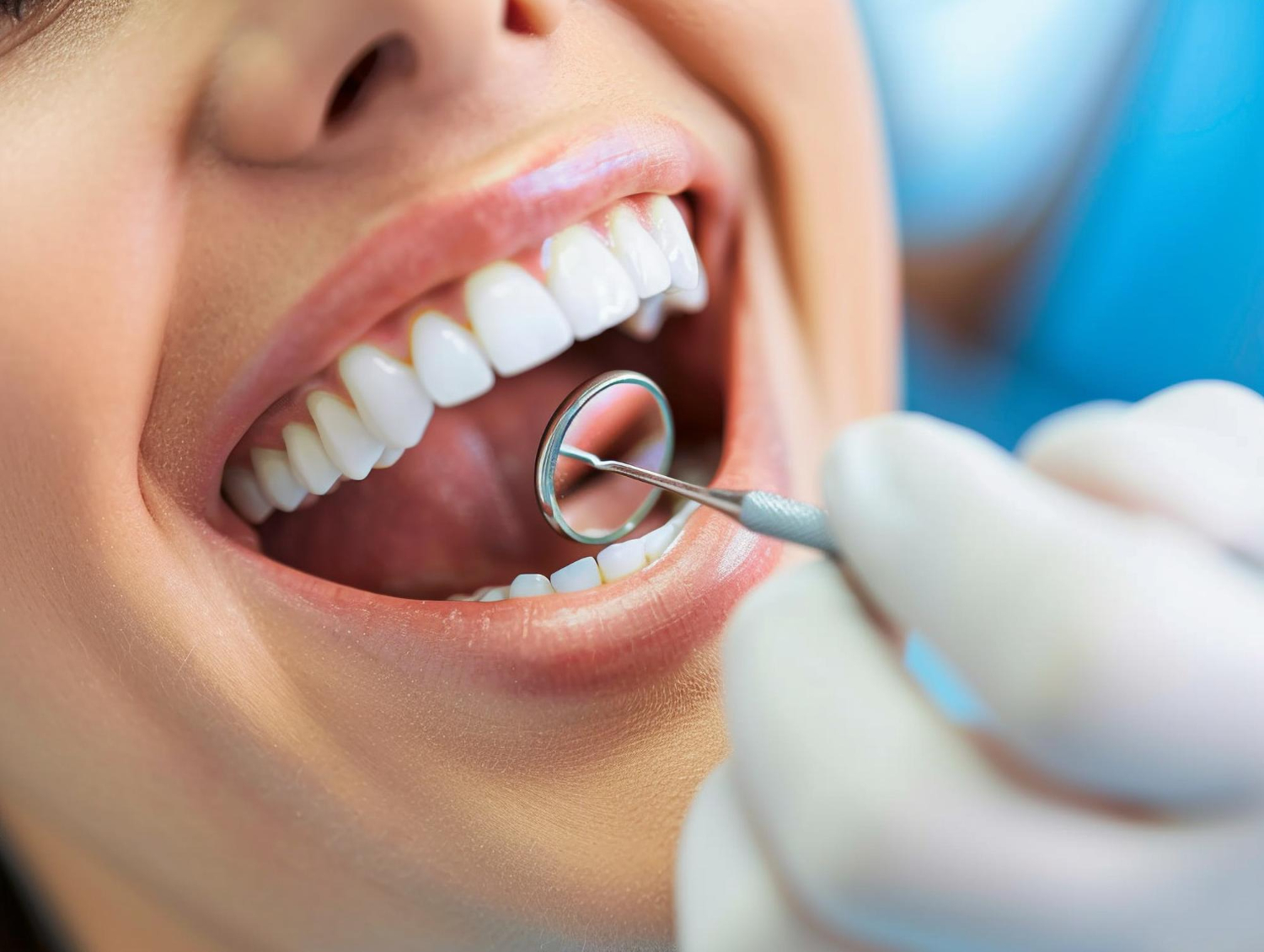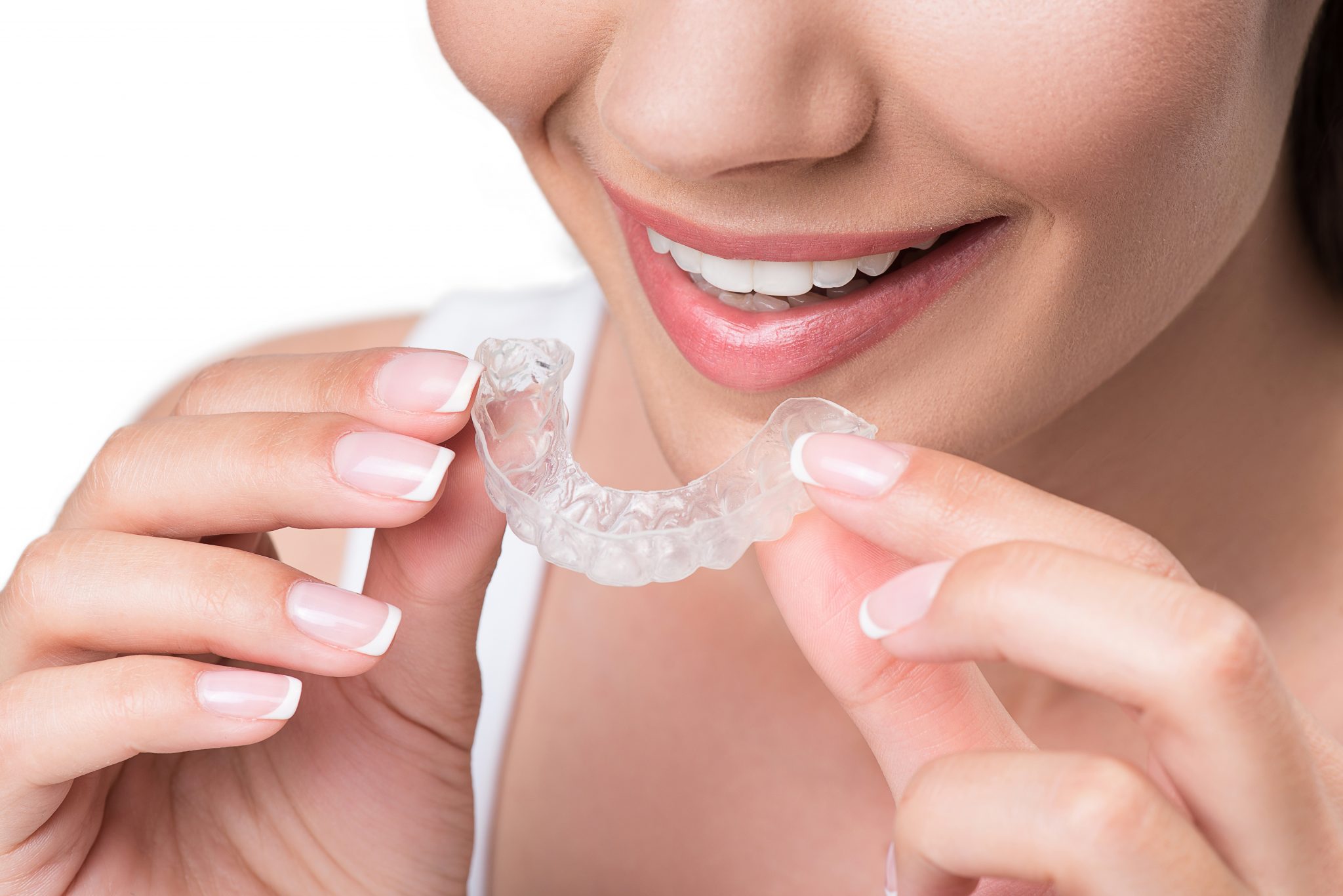Not every cavity comes with a warning light. In fact, most people don’t realize something’s wrong until they’re already deep in the damage zone. Tooth decay has a sneaky way of staying quiet—until it doesn’t. Knowing how to spot the subtle signs early can make all the difference between a quick fix and a costly procedure.
Early Indicators of Enamel Deterioration to Notice
The earliest signs of enamel weakening don’t usually scream for attention. They start small—chalky white spots on the teeth or areas that look slightly duller than the rest. These patches are the beginning of enamel losing minerals, and once that starts, the door to decay swings wide open. Many people mistake these spots as stains or just part of natural tooth color, but they’re more like warning flags.
Another early clue is a sudden change in texture. If a tooth surface starts feeling rough or gritty against your tongue, that’s not normal. It’s your body nudging you to pay attention. Enamel is the hardest substance in the body, so any surface change is worth a second look. Catching enamel deterioration early can stop decay in its tracks before it sinks deeper.

Subtle Signs of Caries Often Overlooked
Caries, or cavities, don’t always hurt right away. In fact, they can grow quietly for months. One easy-to-miss sign is a mild sweet sensitivity—an odd zing after a sugary snack or drink. It’s not intense, so most people shrug it off. But that odd sensation could be a signal that acids are chipping away at the tooth from the inside.
Another commonly overlooked sign? Food sticking in the same spot over and over. If you keep digging popcorn husks or meat fibers from between two back teeth, there might be more than just tight spacing going on. A developing cavity can create a tiny pocket where food likes to hang out. It’s not just annoying—it’s decay making space for itself.
Recognizing Dentin Exposure Before It’s Painful
Once enamel is compromised, the next layer—dentin—starts to show itself. This part of the tooth is much softer and more sensitive. One early sign of dentin exposure is a sudden reaction to cold drinks. Not the kind that makes you wince in pain, but a light, sharp sensation that fades quickly. That’s your tooth warning you that its defenses are wearing thin.
Another clue can show up during brushing. If you notice a section of your tooth feels oddly sensitive under the bristles or makes you hesitate with your toothbrush, you might be brushing over exposed dentin. Ignoring this can lead to worsening sensitivity and eventual infection. Spotting these subtle shifts can help prevent major dental work down the line.
Clinical Red Flags Dentists Identify Quickly
Dentists have a trained eye for decay signs the average person misses. One of their biggest giveaways? Changes in how light reflects off your teeth. Decayed areas absorb light differently, giving them a shadowy, matte appearance. This contrast helps dentists zero in on weak spots during a routine check-up before the damage spreads further.
Another trick dentists use is gentle probing. With a small tool, they test the surface of the tooth for soft areas. If the tool sinks even slightly or sticks, that’s a big indicator of underlying decay. These are things you won’t feel or see at home, which is why regular cleanings aren’t just for tartar—they’re for catching decay before it becomes a root canal situation.
Silent Symptoms Linked to Hidden Cavities
Not all cavities show up in visible areas. Some are tucked between teeth or beneath the gumline, where they silently grow without a hint of discomfort. One silent symptom is a general sense of bad breath that doesn’t go away with brushing or mouthwash. It’s not from garlic or coffee—it’s from decay hidden somewhere out of view.
You might also experience unexplained swelling or redness near a specific tooth, even without pain. These signs often point to cavities that have progressed past the enamel and are now irritating the surrounding tissue. Because there’s no major discomfort yet, people often miss them until the situation gets worse. These are red flags your mouth sends before the real pain kicks in.
Detecting Demineralization Before Visible Damage Occurs
Tooth decay begins with demineralization—a process that eats away at enamel long before a cavity forms. One of the few clues this is happening is an increased need to chew on one side of your mouth. If one side starts to feel “off,” and you instinctively avoid using it, there’s a chance decay has started developing under the radar.
Another early sign is a faint tingling after brushing, especially with cold water. This isn’t the deep pain of a full-blown cavity, but a light nudge that something in your enamel isn’t as strong as it should be. These signs of early damage often go ignored, but they’re key moments where you can reverse decay with fluoride treatments and better oral care—if you catch them in time.
Common Misinterpretations of Decay-Related Sensitivity
People often confuse sensitivity with something temporary—maybe from cold weather or brushing too hard. But if it’s consistent, and especially if it lingers after eating sweets or drinking cold beverages, there’s likely more going on. That sensitivity could be coming from enamel loss or even a small cavity beginning to form.
Another misconception is that sensitivity equals pain. But many early decay symptoms don’t hurt—they just feel “off.” A tooth might feel different in temperature, texture, or pressure without actually being painful. That’s when decay is easiest to treat. Waiting for pain is like waiting for smoke to turn into fire—it’s better to act early while the fix is still simple.
Don’t Wait Until It Hurts — Protect Your Smile with Smiling Creek Dental Before It’s Too Late
Tooth decay doesn’t start loud. It begins quietly—through dry white spots, tingling sensations, or a piece of candy that feels oddly uncomfortable. By the time it causes real pain, the damage has often gone too far. That’s where having a team who can spot the signs early, guide you through care, and protect your smile makes all the difference.
At Smiling Creek Dental, we treat tooth decay before it turns into a major problem. Our approach focuses on prevention, early detection, and personalized care plans tailored to what your teeth actually need—not just what looks good on paper. Whether you’ve felt some unusual sensitivity, seen color changes in your enamel, or just want to be sure, we’ve got you.
Contact us today to book your check-up or dental consultation. Catching decay early is painless, affordable, and smarter than waiting for the ache to hit. Your teeth will thank you, and so will your future self.



